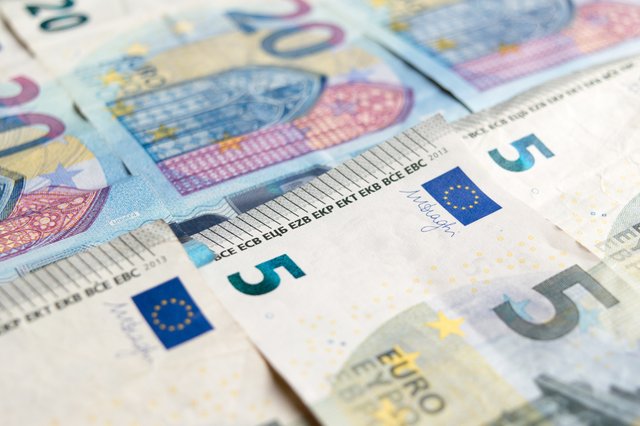Money inflation is a persistent rise in the general level of prices that is not matched by an increase in the quantity of money.
 Photo source:pexels.com/Lukasz Radziejewski
Photo source:pexels.com/Lukasz Radziejewski
Money inflation can be caused by a number of factors, including the following:
-An increase in aggregate demand for goods and services.
If a country's aggregate demand is high, then this means that the total amount of goods and services demanded by all members of the economy is higher. When aggregate demand is high, prices are likely to rise.
-A decrease in supply for a specific good
-A decrease in the value of money relative to other currencies.
Inflation is the general increase in prices for goods and services. If there is inflation, it means that the prices of goods and services are increasing. When the price of a product or service increases, you will have to pay more money to purchase it.
-An increase in government spending on goods and services.
Governments are one of the largest consumers of goods and services in the world. An increase in spending on these items creates more jobs and stimulates economic growth. The more that governments spend, the better the economy will be.
What are the Different Types of Money Inflation?
Inflation is the increase in the general level of prices of goods and services in an economy over a period of time. When inflation goes up, each unit of currency buys fewer goods and services.
Types of inflation:
-Cost-push inflation: It occurs when there is an increase in input costs to businesses, such as raw materials or labor; this causes prices to go up across the board because businesses must pass on their higher costs to consumers.
-Demand-pull inflation: It occurs when aggregate demand increases beyond the economy's capacity to produce goods and services; this leads to shortages which will push up prices for those goods that are available.
-Wage-push inflation: This type of inflation is caused by a rise in labor costs
The cost of labor is a key factor in pricing. When labor costs increase, businesses must raise their prices to cover the increased expenses. This business practice is known as wage-push inflation and can be easily seen in the history of inflation rates.